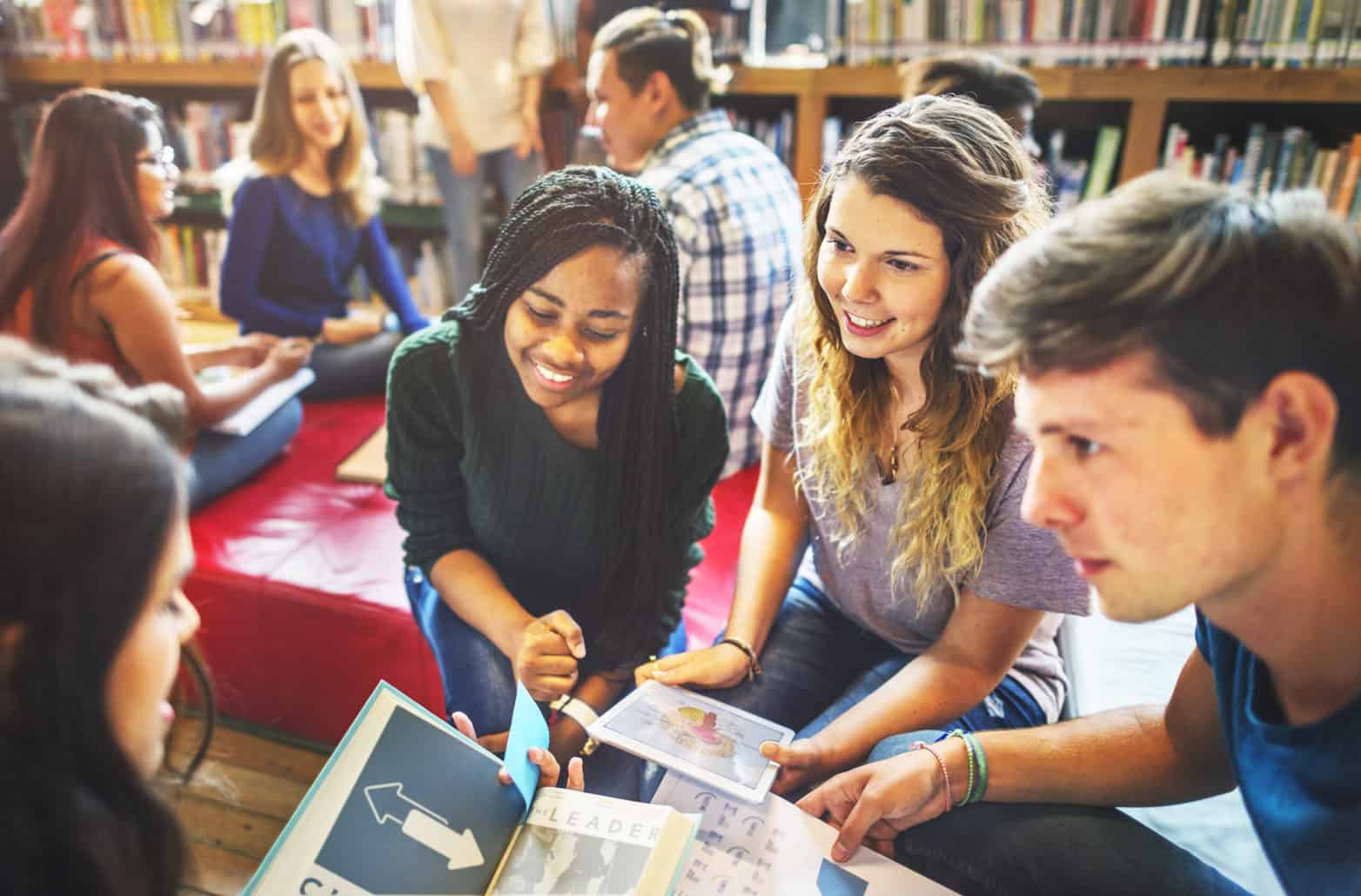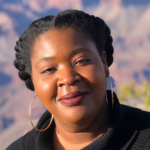In this two-part series, two educators share their experience working with the SAP team working on the Planning and Reflecting with Culturally Relevant Pedagogy project. This is the first post in this series.
Over the past few years, the SAP team has been working on a tool to support educators in planning and reflecting with culturally relevant pedagogy. We worked with educators in the design process to test and refine the tool with their input. It was important to the design team of this project to have teacher voices and perspectives included in the discussion of culturally relevant pedagogy. Below are Jacquay Durant’s reflections on working with the tool.
What inspired you to get involved and contribute to this work?
What inspired me to get involved and contribute to this work is the opportunity to engage with a community of learners who strive to have authentic and real conversations about implementing culturally relevant pedagogy into the classroom. I also was interested in adding additional resources into my own toolkit about how to continue modifying and adapting curriculum to be culturally relevant.
What did the Culturally Relevant Reflection Tool reveal to you about the implications of instructional materials and practice on student learning?
The reflection tool revealed to me that when choosing instructional materials, I should continually review through the lens of the learner. In other words, how is the resource relevant and valuable to my students while also addressing the content demands of the standards? This tool challenged me to stop, reflect, and interrogate my “why” when teaching and searching for instructional materials. I found this pause in my planning to be beneficial because it pushed me to see the work through not just a teaching aspect, but through the frame of my students.
Were there any challenges that surfaced as you used the reflection tool? If so, how did you overcome those challenges?
One challenge that surfaced while using the Culturally Relevant Reflection tool was reviewing the questions for Critical Consciousness. Sometimes lessons and instructional materials can present a one-sided perspective or narrow view of a topic. Looking at my resources through the lens of critical consciousness, I was asked to consider additional perspectives, points of view, cultures, and identities. I was able to overcome this challenge because I saw this as a challenge to widen my gaze and perspective of my lesson. I was able to consider and include more diverse voices into my planning that reflected my students and further the conversation about empathizing with their own communities and the communities of others.
What opportunities does this reflection tool create for the teaching and learning experiences in your classroom?
This reflection tool provided me with the opportunity to intentionally reflect on my lessons and teaching and consider if I am including culturally relevant practices into my classroom and work. The three domains of cultural competence, critical consciousness, and student learning provide an ongoing and continual process to interrogate the instructional materials and teaching strategies that I use. I appreciated the opportunity to reflect on my practice and center my “why” or rationale for including certain texts, or incorporating a specific strategy. By extension, when I consider my own “why,” I naturally progressed to my students and centered their voices so I planned intentionally with their identities and lived experiences in mind.
What is something you would want other educators to know who are considering the reflection tool in their planning and instruction?
I would like other educators to know that the culturally relevant planning tool is just that, a tool. This is an instructional resource that allows us to review our lessons through a lens that centers student voices and identities. I would also like educators to know that this is not another thing to do and to not overwhelm themselves by trying to overhaul their whole lesson or unit. If this is their first step in using this tool start with one domain, one question, and intentionally interrogate and revise your lesson with that one small step. Any action using this tool strengthens our practice and relationships with students as we work to develop lessons that allow students to feel seen, heard, respected, and valued.
If you’d like to learn more about the Planning & Reflecting with Culturally Relevant Pedagogy project, check out the collection page on our site.

















